Introduction to Mass Spectrometry Technology: New Developments and Applications of Mass Spectrometry Technology (Part 2)
Date:2019-09-26 Views:2850
Detection of Pesticide Residues in Food by Mass Spectrometry
With the application of mass spectrometry and chromatography-mass spectrometry联用 technologies, pesticide residue analysis has evolved from the original method of determining one or several pesticide residues relying on chromatography to the ability to simultaneously determine multiple pesticide residues of different types. It has achieved high-throughput and high-sensitivity qualitative and quantitative analysis of multi-component pesticides. Currently, the method of multi-pesticide residue analysis using mass spectrometry as the detection means has become the leading technology in pesticide residue analysis and the future development trend.
For example, in the German DFG-S19 method, dichloromethane-acetone is used to extract the pesticides remaining in the sample. After purification by solid-phase extraction, it is detected by GC-EI-MS, which can analyze the residues of a total of 229 pesticides such as organochlorines, organophosphates, carbamates, and pyrethroids. Another example is the rapid scanning method for multi-pesticide residues in the United States. Acetonitrile is used to extract the pesticides remaining in vegetables and fruits. After purification by SPE, it is detected by GC-EI-MS, which can analyze more than 200 kinds of residual pesticides in four major categories including organochlorines, organophosphates, carbamates, and pyrethroids. This method has now been introduced into China and is being verified and applied in some laboratories and testing centers.
Manned Spaceflight
The array mass spectrometer has unparalleled advantages over other mass spectrometers in terms of volume, mass, power consumption, etc. In particular, its small size, light weight, and low power consumption exactly meet the requirement that the payload of manned spaceflight and long-term space flight should be as low as possible, which determines its application status in the aerospace field. It is widely used in the monitoring of the air inside spacecraft cabins and medical gas detection, the monitoring of in-cabin pollutants, extravehicular activities of astronauts, ground simulation experiments, and other space explorations.
The fundamental difference between a manned spacecraft and an unmanned spacecraft lies in that a manned spacecraft requires an environmental control and life support system in which astronauts can survive to ensure the astronauts' life safety, physical and mental health, and work efficiency. Therefore, it is necessary to conduct qualitative and quantitative detection of the main component gases such as O2, CO2, H2, CO, CH4, H2O, and N2 in the crew cabin. In addition, since a manned spacecraft is a special enclosed environment, harmful gases are generated by human metabolism, outgassing of non-metallic materials, accidental pyrolysis, and accidental leakage, which will bring potential risks of chronic exposure to low concentrations of toxic pollutants and acute exposure to high concentrations in case of accidents to astronauts. According to the occurrence frequency, toxicity, and harm degree of in-cabin pollutants, the United States focuses on monitoring the maximum allowable concentrations of 52 pollutants such as CO, CO2, NH3, formaldehyde, indole, hydrogen, CH4, toluene, Freon-113, and hydrazine in the cabins of manned spacecraft. The concentrations are between 0.015 and 13000×10-6, and the detection is required according to the monitoring priority.
In general, with the continuous expansion of the application of mass spectrometers, the domestic demand for mass spectrometers will also become larger and larger. At present, domestic mass spectrometers mainly rely on foreign imports, and the prices are expensive. To change the backward situation of China's mass spectrometer industry, it is necessary to take the market demand as the guidance, pool the wisdom and efforts of everyone, develop domestic time-of-flight mass spectrometry instruments suitable for the national conditions, and improve international competitiveness.


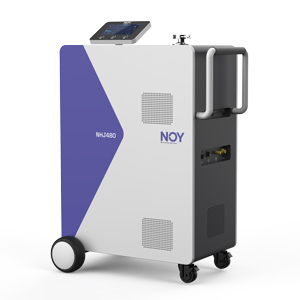
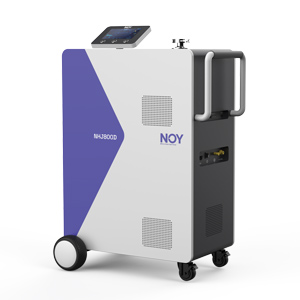
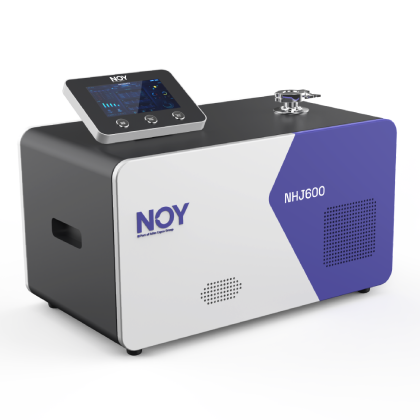
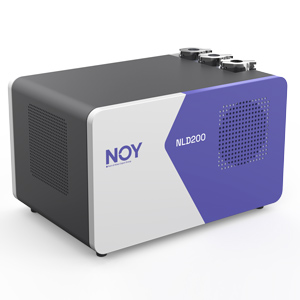
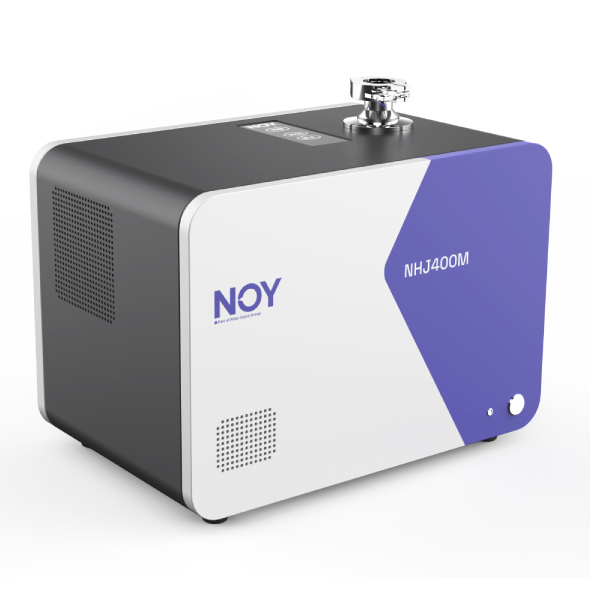
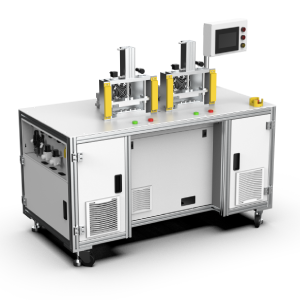

 Public Security Network Security Record in Anhui Province No. 34010302001915
Public Security Network Security Record in Anhui Province No. 34010302001915